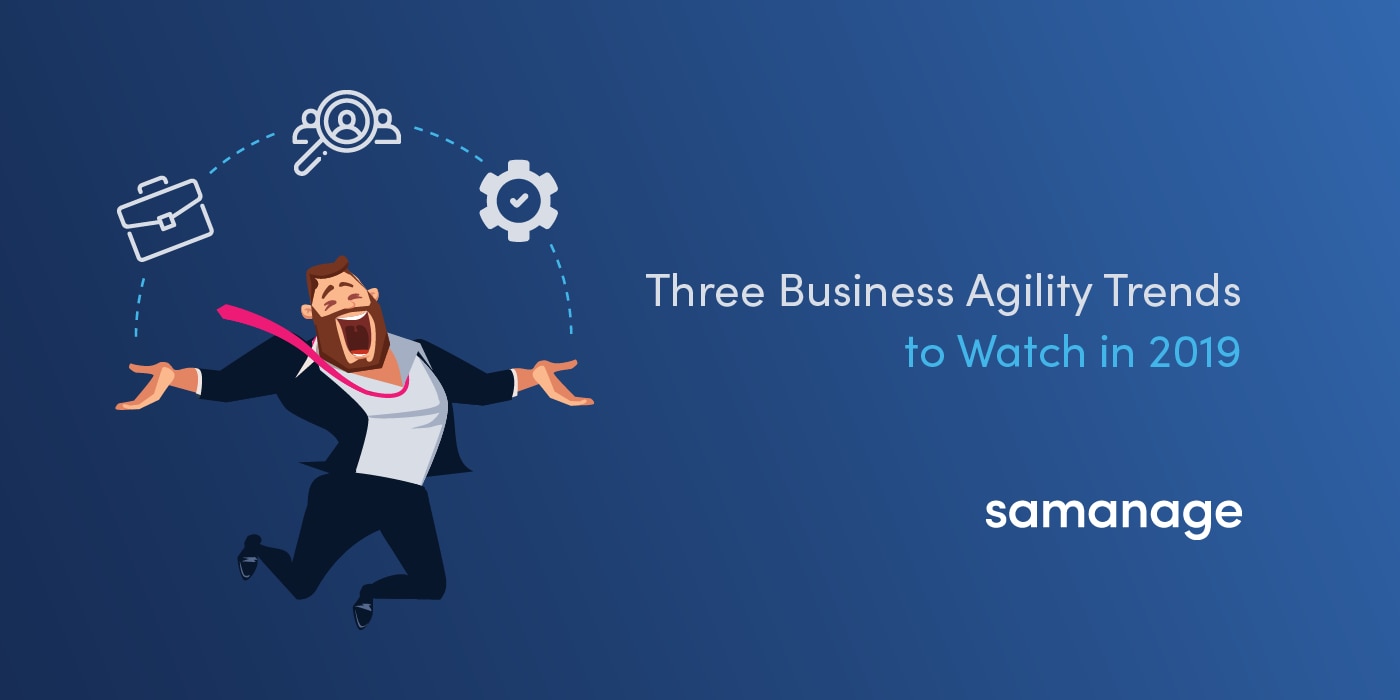Traditional ITSM primarily involves managing and delivering IT services, such as technical support, incident management, and IT infrastructure maintenance. These services cater to the specific needs of the IT department, focusing on technology-related tasks and processes. ESM integrates these but represents a broader and more holistic perspective. It expands the scope of service management beyond IT to encompass all aspects of an organization, including functions like HR, finance, legal, and facilities. ESM promotes a customer-centric approach, recognizing the services businesses offer to employees and customers extend far beyond IT.
In this blog, I will explain the evolution of ITSM to ESM to take service management beyond IT departments and highlight how ESM can support more efficient and effective business services for your organization.
Differentiating between ESM and ITSM
ESM and ITSM are two distinct yet related approaches to service management. ITSM primarily focuses on IT services, encompassing tasks like IT support, incident management, and infrastructure maintenance. It serves the needs of the IT department, addressing technical and infrastructure-related services. In contrast, ESM broadens the horizon of service management by extending it to all areas of an organization. It includes functions such as HR, finance, legal, and facilities, emphasizing the delivery of business services rather than IT services.
ESM encourages cross-functional collaboration, breaking down departmental silos, and promoting a shared approach to service management. It aligns not only IT but all enterprise services with business objectives, providing a user-friendly experience for all employees and enabling seamless access to a wide range of services from various departments through a single portal. ESM also integrates automation throughout the organization, streamlining processes and enhancing overall efficiency. In summary, while ITSM concentrates on IT services, ESM is a holistic, cross-functional approach that includes IT and non-IT services, promotes collaboration, and ensures a customer-centric experience for all employees.
ESM is designed for your business – regardless of size
While the term enterprise might imply that ESM is exclusively for large corporations, that's not necessarily the case. ESM may have originated in large-scale environments, but its principles are versatile and adaptable for any size business. In fact, small and medium-sized businesses can also benefit from implementing ESM practices to ensure that services are delivered efficiently and effectively across the board. The key is to understand the underlying concepts and adapt them to the specific needs and scale of the organization in question.
In my opinion, ESM would be better called Business Service Management or Organization Service Management, because it is so applicable regardless of size. Your business doesn’t need to be large or siloed to benefit from ESM principles. And embracing ESM can help avoid these pitfalls if and when your business grows.
ESM applies service management principles to all areas of an organization, not just the IT department. This expansion acknowledges that services aren’t limited to IT support or technical infrastructure but encompass a wide range of cross-functional processes and activities essential to the organization's operations. Through ESM, various business functions can rely on ESM's automation and consistency benefits for efficient service delivery.
ESM places a strong emphasis on delivering business services, whether it's streamlining HR onboarding processes, managing procurement requests, facilitating legal document approvals, or supporting facilities management. Requests and problem reporting is a crucial component of ESM. All departments have services that people can request and providers want to know of problems or issues to address to improve service delivery. An ESM solution provides a centralized way to make those services available, track the work, report on successes, drive efficiencies, surface knowledge, and resolve issues.
ESM as a service-oriented automation solution
One key distinction between ESM and Traditional ITSM lies in their service orientation. Traditional ITSM is predominantly IT-centric, primarily including technical and infrastructure-related IT services, like server management and software applications. In contrast, ESM is service-oriented and focuses on delivering business services. This means addressing the specific needs of each department and function, optimizing their processes, and ensuring that services are aligned with the organization's strategic goals. ESM considers services from a business process perspective, emphasizing the importance of cross-functional service delivery, consistency across departments, and effective service management.
Break down silos with ESM
Another significant differentiator is the approach to integration and collaboration. ESM promotes cross-functional collaboration and integration. It encourages various departments to work together to improve processes, break down departmental barriers, and create a shared service management approach. This collaborative environment fosters efficiency, leveraging knowledge, best practices, and tools across the entire organization, enhancing service quality and customer satisfaction.
Align business needs and goals with ESM
While ITSM seeks to align IT services with business needs, ESM takes this alignment to the next level by aiming to align all enterprise services, whether IT or non-IT, with overarching business goals and objectives. This broader perspective ensures your organization's services, processes, and strategies are interconnected consistently, contributing to a unified vision. This results in a more streamlined, efficient, and integrated service environment benefiting both employees and customers.
Aligning your ESM strategy to business objectives, and the true needs of the end-users, should be a key consideration in the adoption and implementation process, ensuring any automated processes created and changes made directly respond to existing issues and are designed to address employee concerns and frustrations. To successfully implement an ESM strategy, the solution must put your employees first and foremost, delivering a consistent experience they can depend on.
Implementing ESM to drive business objectives
When considering expanding ITSM beyond IT, we recommend starting with company culture and your people. Understand how existing processes within a given department keep them from achieving their business goals. Then, when looking for software to help augment and accelerate your strategy, be for non-technical teams to implement. Either ITSM or ESM-specific software can work as long as each individual department can run it efficiently to gain all the benefits.
Expand your IT service management beyond IT by recognizing the importance of non-IT services, adopting a service-oriented mindset, promoting cross-functional collaboration, and ensuring a seamless and customer-centric approach to service management across the entire enterprise. This holistic approach enables organizations to improve service delivery, align services with business objectives, and create a more efficient and integrated environment for both employees and customers.
We just recently released a major enhancement to SolarWinds Service Desk designed to extend our service offering beyond IT. We feel we’re one of the easiest-to-use Service Desks on the market, and with ESM, we’ve made it even easier for your non-IT departments. Learn more about our ESM software and how it can support more efficient business processes for your organization with a free trial of SolarWinds Service Desk.








